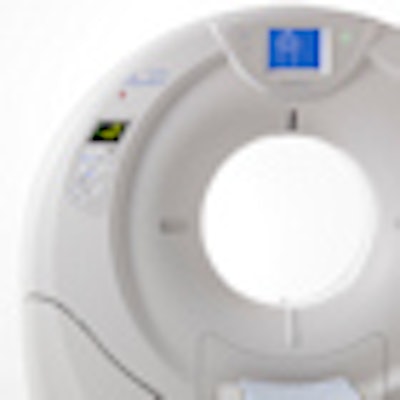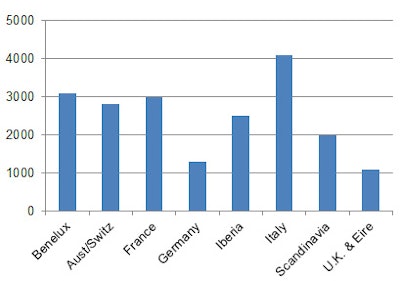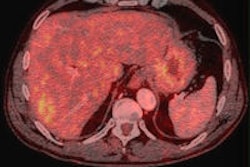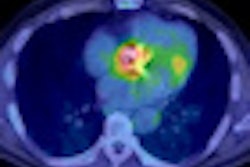
The number of patient studies using PET or PET/CT increased by an average of almost 21% per year between 2005 and 2010, and now exceeds 900,000 a year, according to new market data for Western Europe presented at this week's European Association of Nuclear Medicine (EANM) annual congress.
Improvements in the availability of FDG-18, developments in scanner technology, and increased demand from referrers have led to substantial rises in patient throughput, noted Anthony Stevens, PhD, of London-based Medical Options. The growth of PET investigations has been driven by FDG-18 scans, and the current capacity could permit around two million examinations a year.
"The trend across Europe shows no leveling off in the rise in patient scans," he wrote in a poster presentation. "General hospital and private clinics will see the largest increase in new installations."
The provision of PET and PET/CT in Europe is extremely heterogeneous, Stevens stated. There is a large variation between countries in scans per head of population, and workload varies widely between different providers within countries. Between 2002 and 2010, there was a shift from research to routine practice for a number of F-18-based studies.
Facilities with PET, PET/CT, and/or a cyclotron were identified from various sources, including the records of the International Atomic Energy Agency, equipment manufacturers, and sites providing diagnostic PET services. Stevens estimates that he identified more than 95% of PET, PET/CT, and cyclotrons operating in Western Europe, and nearly 67% of these sites provided workload numbers for last year.
In 2010, there were 506 providers of PET and/or PET/CT in Western Europe, of which 22 were mobile. Germany accounted for almost 22% of centers, followed by Italy (18%), France (14%), Iberia (14%), the U.K. (10%), and others (22%). About 64% of PET centers are located within public facilities. PET/CT systems accounted for 87% of installed scanners, compared with 72% in 2006, and the number of centers offering PET or PET/CT has grown steadily by an average of almost 16% a year.
PET & PET/CT examinations per million population in 2010
 Source: Development of PET in Western Europe, Anthony Stevens, PhD, EANM 2011.
Source: Development of PET in Western Europe, Anthony Stevens, PhD, EANM 2011.Average patient throughput per scanner rose from 651 in 2002 to 1,559 in 2010. Throughput ranged from 864 in Germany to 2,228 in France. The maximum throughput achieved was estimated at 13.2 patients per day, or 3,168 patients per year. At centers operating between 2004 and 2010, average patient throughput by an average of 12.4% a year, rising from 1,168 to 2,360. The levels of investigation were 1.39 per million of population in the north of Europe, 3.28 in the south of Europe, and 1.84 in the west of Europe (the Netherlands, Belgium, Germany, Switzerland, and Austria).



















